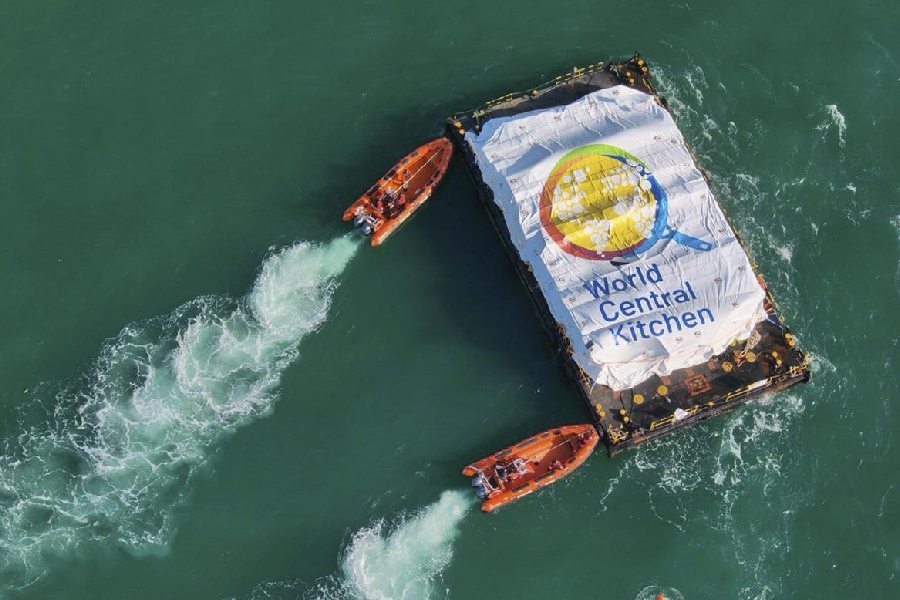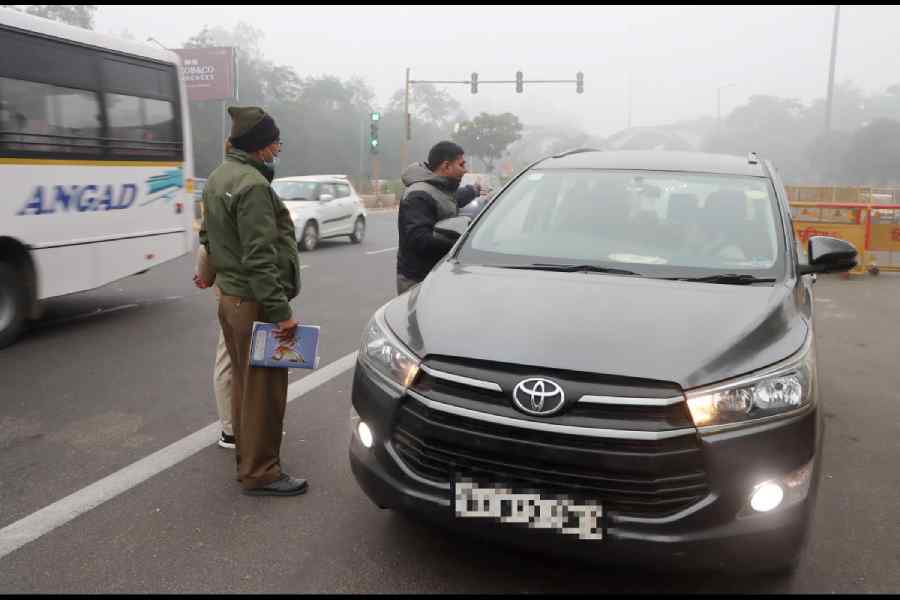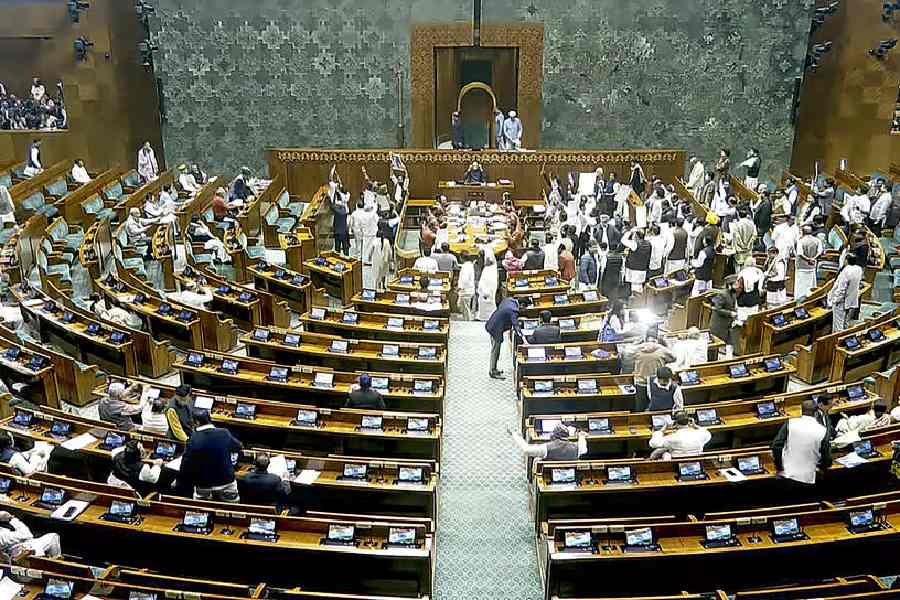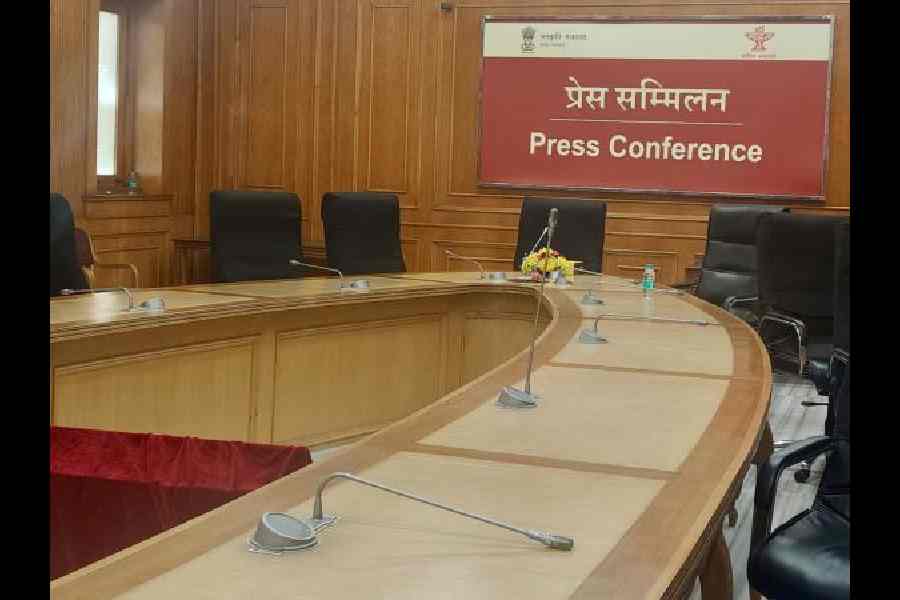It was hours after people in the Gaza Strip had broken their daylong fast for the holy month of Ramadan, but with famine stalking the enclave under a near total Israeli siege, few felt full, and many were already thinking about how to secure their families’ next meals.
Hundreds of people gathered Thursday night at Kuwait square, one of two main southern entrances to Gaza City, where occasional convoys come to distribute desperately needed aid. People came from all over the city in the northern Gaza Strip. Some had been there for hours.
Even before the aid trucks carrying flour arrived around 9 p.m., carnage and chaos engulfed the square. Gaza health officials said 20 people were killed and more than 150 wounded when Israeli forces targeted the crowd.
The Israeli military blamed the bloodshed on Palestinian gunmen. Three witnesses described shelling at the scene, while a doctor who treated victims at a hospital said their wounds appeared to be consistent with artillery shells, not bullets from rifles — in other words, Israeli arms.
Mohammad Hamoudeh, a photographer and journalist in Gaza City who said he was in the square, acknowledged that he did not see any Israeli forces or the weapons that fired on the crowd, but he said that Israeli shells fired from a distance appeared to be responsible.
“The cannons and tank shells are what targeted the civilians,” he said.
“I escaped by a miracle; we saw death with our eyes,” he said. Referring to similar bloodshed at an aid distribution Feb. 29, he said: “It was almost the same scenario as the Nabulsi incident. There were many martyrs. The scene was horrifying.”
Dr. Eid Sabbah, the head of nursing at the Kamal Adwan Hospital, said: “It wasn’t gunfire. It was ammunition from heavy weaponry that cause large openings. That’s obvious from the entrance and exit wounds.”
Ibrahim Al Najjar, 42, an unemployed taxi driver, said he arrived at the square around 8 p.m. and a large crowd had already gathered. An Israeli drone hovered overhead, he said. Soon, there was shelling and firing, he said, adding that “tens were killed and injured.” He saw many dead bodies. His cousin was also killed, he said.
Al-Najjar was injured in his right arm by shrapnel and was taken to Shifa Hospital.
“I ran for life with others, and then they hit a building next to us,” he said. “We kept running until we reached some ambulances far away.”
Ali Al Ajouri, a 16-year-old from Jabalia, also described shelling on the crowd. “There were some 30 people gathering in one spot, and a shell shot them directly,” he said.
The Israeli military said that it had conducted a preliminary review of the incident and that “no tank fire, airstrike or gunfire was carried out toward the Gazan civilians at the aid convoy” by its forces. But in its statement, it did not say whether Israelis had fired on the area at all.
“Approximately one hour before the arrival of the convoy to the humanitarian corridor, armed Palestinians opened fire while Gazan civilians were awaiting the arrival of the aid convoy,” the military said. “As aid trucks were entering, the Palestinian gunmen continued to shoot as the crowd of Gazans began looting the trucks. Additionally, a number of Gazan civilians were run over by the trucks.”
The Israeli military said that it had facilitated the passage of the convoy of 31 humanitarian aid trucks containing food and supplies intended for distribution in northern Gaza, but did not elaborate. It was not clear who had sent the supplies, operated the trucks or provided security for them; the United Nations agency for Palestinian refugees, known as UNRWA, said it was not involved.
Sabbah said the wounds seen at Kamal Adwan Hospital were mostly in the chest and head. Doctors there could only stabilize victims and keep them alive, he said, but were unable to perform surgery because of the lack of medicine and medical equipment.
United Nations officials and other relief groups have warned that the Gaza Strip is nearing famine, with inadequate food delivery, and the crisis is especially severe in the north. At least 27 people, including 23 children, have died of malnutrition, dehydration and lack of baby formula, according to the health ministry.
After the bloodshed, witnesses said people collected what aid they could, including sacks of flour that had been bloodied.
The New York Times News Service










